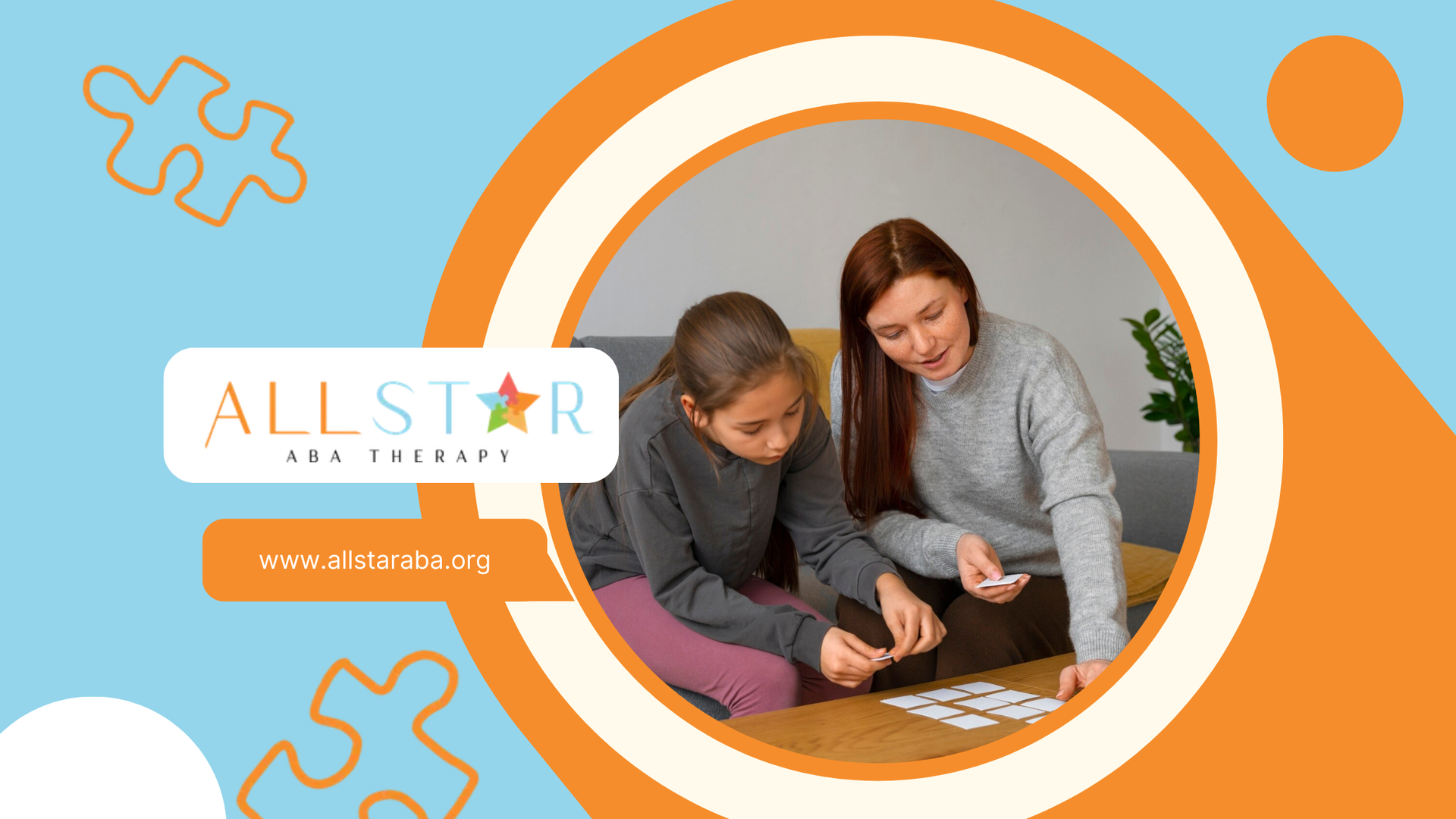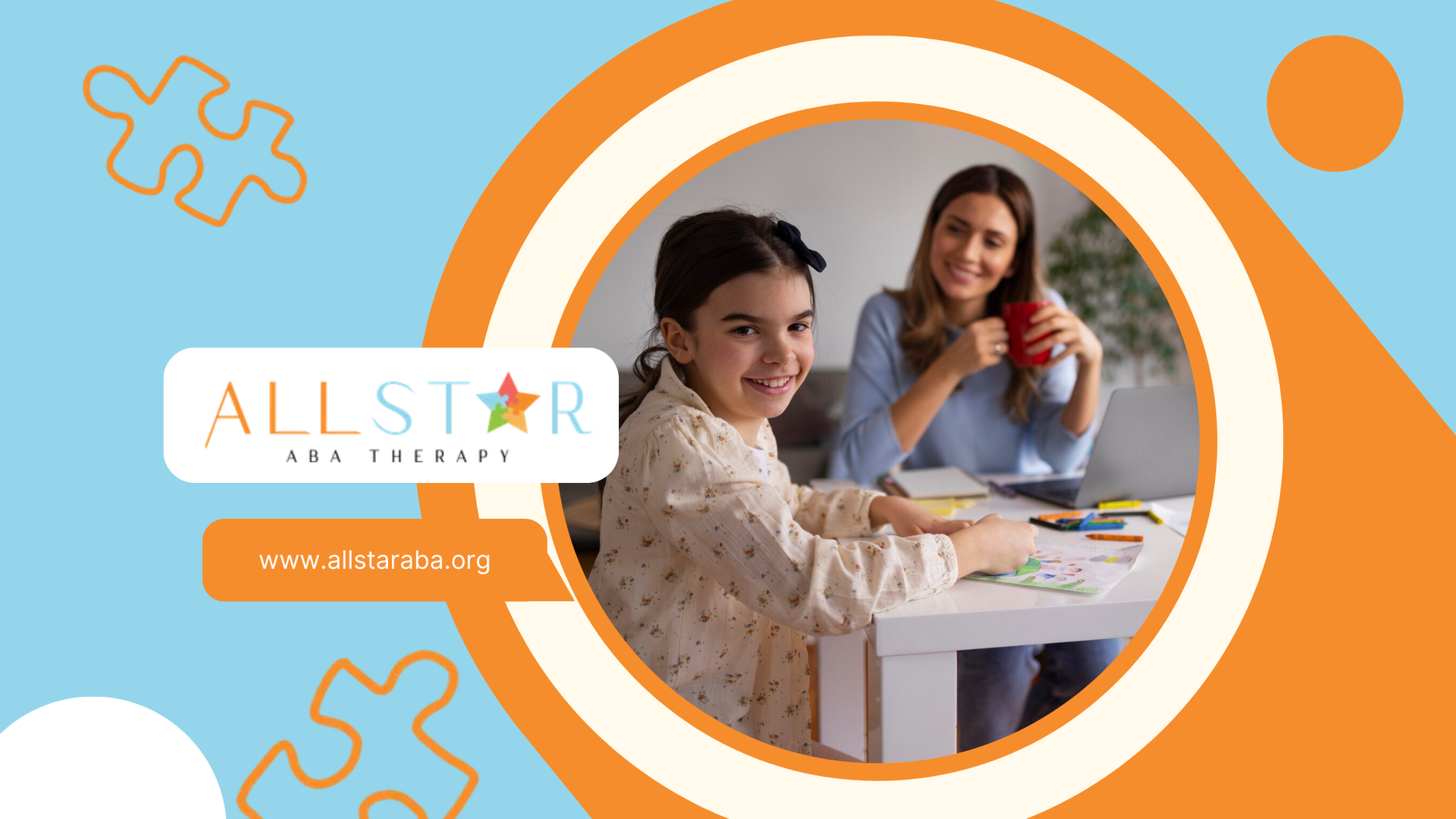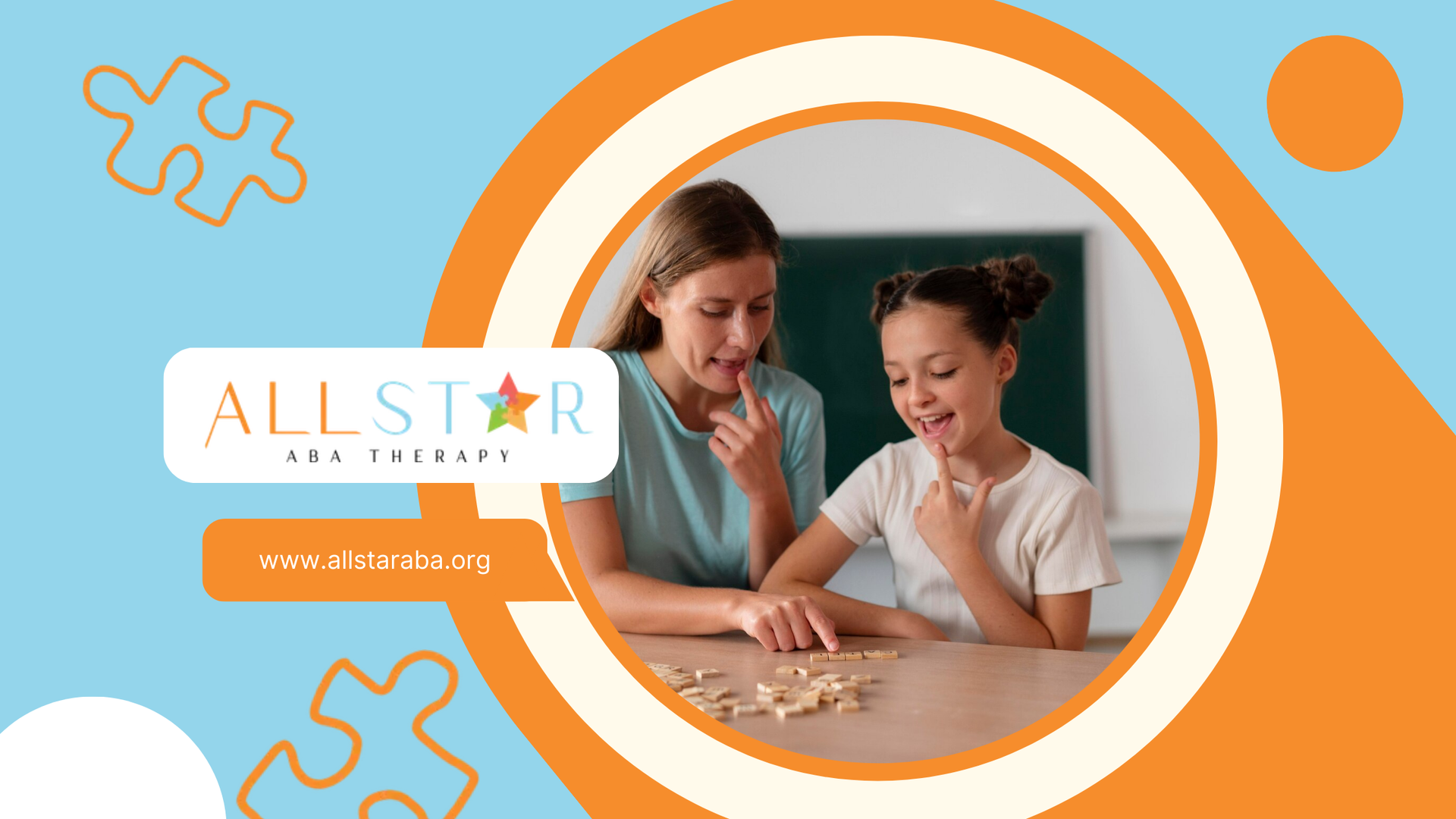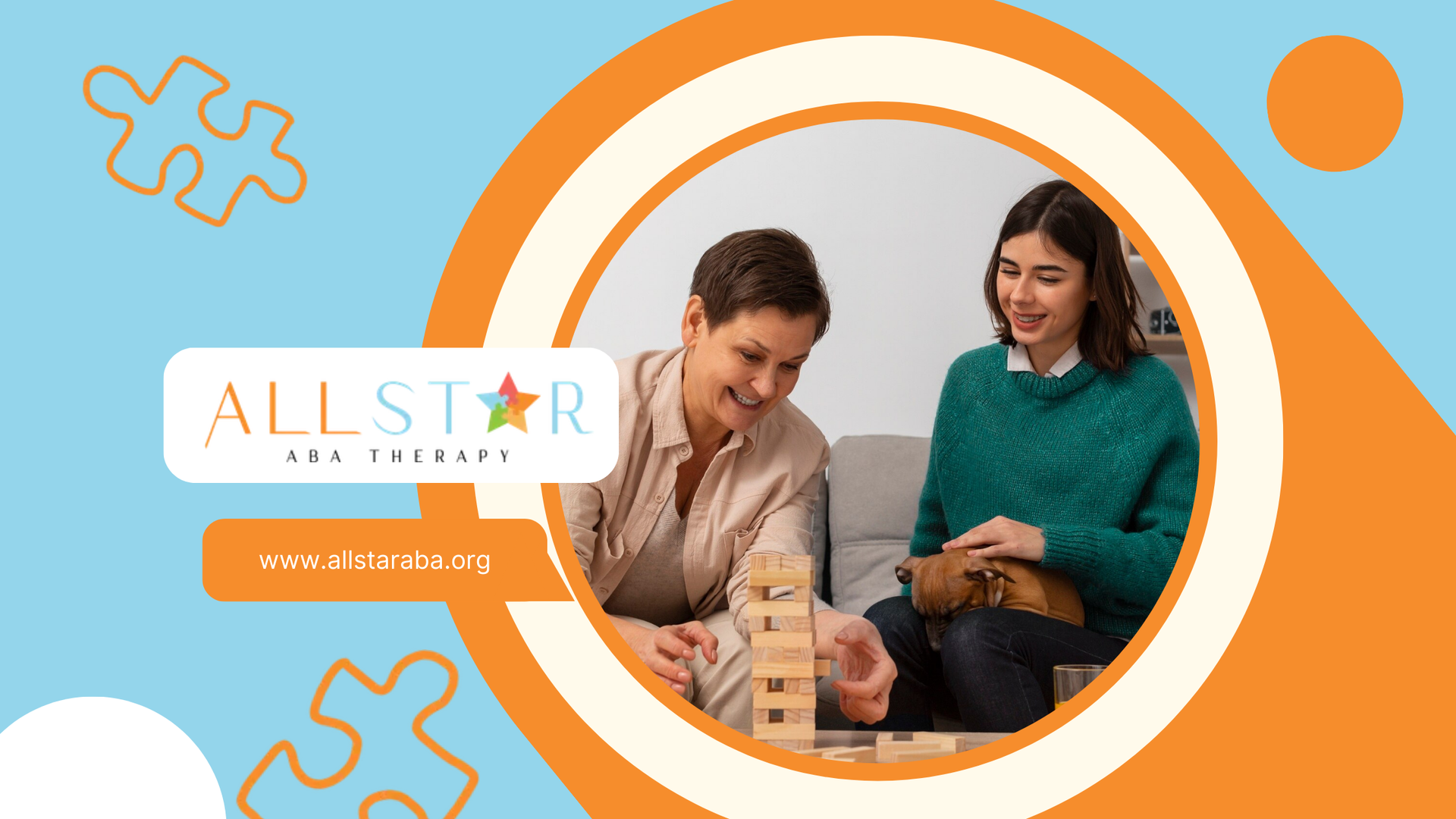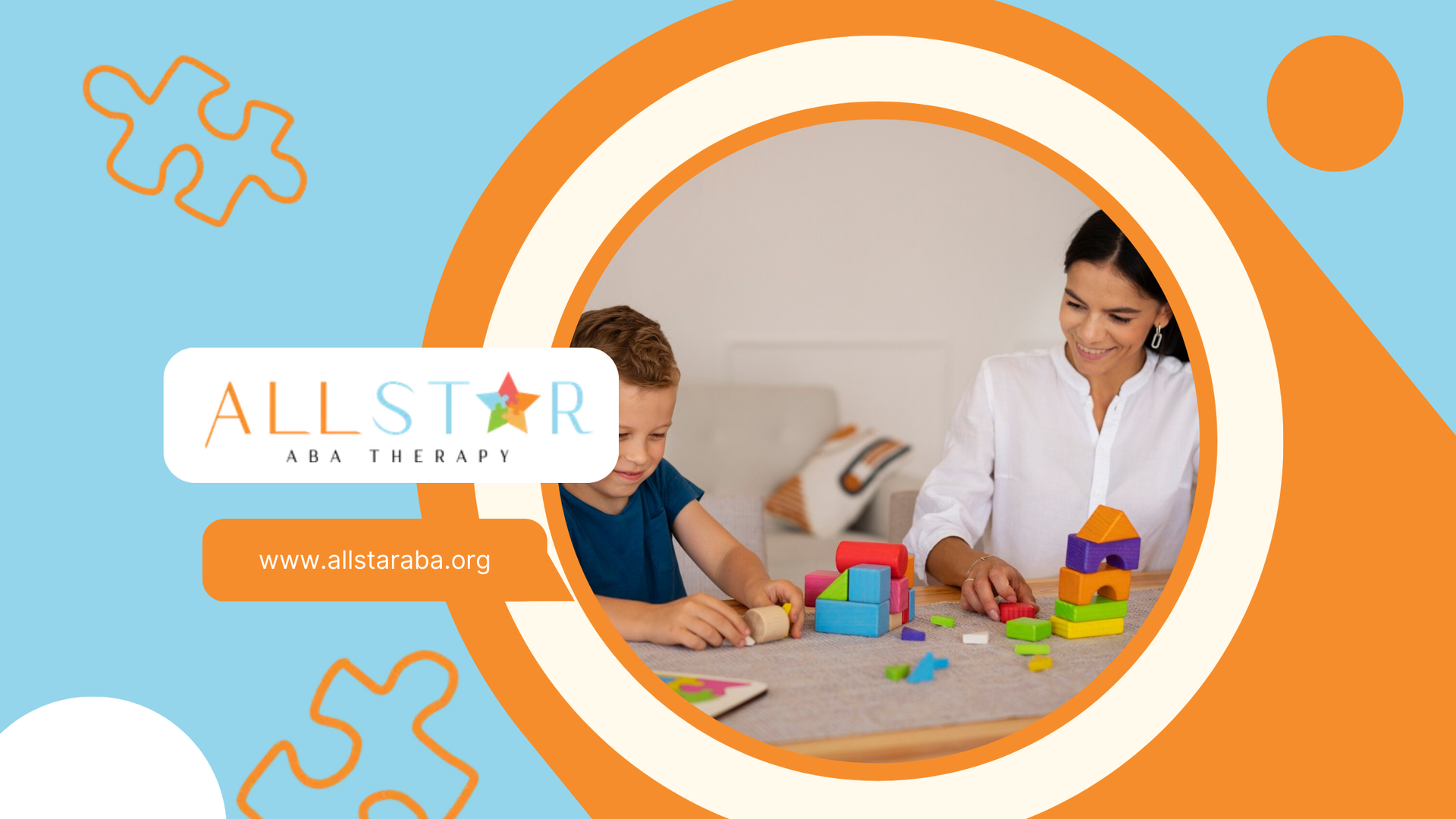New Paragraph
Sensory Processing Disorder Test and ABA Therapy Insights
Sensory Processing Disorder (SPD) is a condition where the brain has trouble receiving and responding to information that comes in through the senses. This may manifest as an over-sensitivity to stimuli in one's environment or as a lack of sensitivity to sensory input. Children and adults with SPD may find everyday stimuli overwhelming or underwhelming, which can interfere significantly with daily functioning and overall quality of life. Applied Behavior Analysis (ABA) Therapy has been found effective in addressing and managing sensory processing issues, offering strategies that help individuals better integrate sensory information.
Understanding Sensory Processing Disorder
What Is Sensory Processing Disorder?
Sensory Processing Disorder is a complex brain disorder, characterized by difficulties with processing information from the five senses: touch, sight, hearing, taste, and smell, as well as from the senses that control balance (vestibular) and body position (proprioceptive). People with SPD may exhibit a range of symptoms, including an aversion to bright lights, certain textures, loud noises, and sometimes even certain tastes or smells. Conversely, some may seek out intense sensory experiences, such as spinning or crashing into objects.
Signs and Symptoms of SPD
Identifying SPD can be challenging as the signs often overlap with those of other behavioral and developmental disorders. Some common signs include:
- Auditory Sensitivity: Over-sensitivity to sounds that might not bother others, such as background noise or specific pitches. Conversely, some may not notice sounds at all until they are very loud.
- Visual Sensitivity: Difficulty processing visual stimuli, which can include discomfort with bright lights, fast-moving objects, or busy patterns. Others might find themselves needing more visual stimuli to engage properly.
- Tactile Sensitivity: Challenges with touch might manifest as discomfort with certain clothing textures, aversions to being touched, or a need for more physical contact than typical.
- Taste/Smell Sensitivity: Extreme reactions to particular tastes or smells, which could be either avoidance or an unusual craving for certain sensory experiences.
- Proprioceptive Challenges: Difficulty with body position, motion, and coordination, often leading to clumsiness or a lack of awareness of one's own body in space.
- Vestibular Challenges: Problems with balance and motion can be seen in individuals who either seek out continuous movement, like spinning or swinging, or those who are terrified of movement-based activities.
Other symptoms also include:
- Extreme reactions to sensory stimuli
- Difficulty with motor skills and coordination
- Challenges in social interactions
- Behavioral problems such as extreme tantrums or withdrawal
- Problems coping with change or new situations
The Role of ABA Therapy in SPD
Applied Behavior Analysis (ABA) is a therapy based on the science of learning and behavior. ABA therapy for SPD involves structured techniques and interventions designed to address specific sensory issues, improve behavioral responses, and enhance the ability to process sensory information.
How ABA Therapy Helps
- Behavioral Assessments: ABA begins with thorough assessments that help determine which sensory inputs are problematic and how they affect behavior.
- Personalized Interventions: Based on assessments, personalized intervention plans are developed which may include sensory integration activities or desensitization processes tailored to individual needs.
- Skill Development: ABA techniques often focus on building skills to help individuals better manage sensory input and reactions, such as improving motor skills, coordination, and social interactions.
- Data-Driven Approach: Progress is continually monitored and strategies are adjusted based on what is most effective, ensuring that therapy is tailored to the individual’s changing needs.
- Desensitization Techniques: Gradual exposure to sensory stimuli to reduce sensitivity or aversion, accompanied by positive reinforcement to shape behavior over time.
- Environment Modification: Adjustment of the individual's surroundings to decrease sensory overload, which can include the use of sensory-friendly lighting, noise reduction tools, and creating quiet zones.
- Sensory Diet: Implementation of a personalized activity plan that provides the sensory input a person needs to stay focused and organized throughout the day.
- Parent and Caregiver Training: Educating parents and caregivers on how to effectively support individuals with SPD, using consistent strategies across home and therapy settings.
Sensory Processing Disorder Tests
Importance of Early Testing
Early identification and intervention can significantly improve the quality of life for individuals with SPD. Testing for SPD typically involves a combination of parent interviews, observation, and standardized testing to determine how an individual responds to sensory stimulation and to identify specific sensitivities or sensory-seeking behaviors.
Types of SPD Tests
- Sensory Integration and Praxis Tests (SIPT): This series of tests helps identify how children process sensory input. It involves tasks like responding to tactile stimuli and performing motor tasks.
- Sensory Processing Measure (SPM): This test provides insights into how children respond to sensory input in different environments, including school and home.
- Behavioral Observations: These involve structured observations of how individuals respond to sensory stimulation in various settings.
- Joint Assessments: Combining findings from SPD tests with ABA behavioral assessments to gain a full understanding of an individual's sensory challenges and their impact on behavior.
- Targeted Intervention Plans: Utilizing detailed test results to create highly focused ABA intervention plans that address specific sensory integration issues, optimizing therapeutic outcomes.
- Collaborative Approach: Involving a team of specialists, including occupational therapists and behavior analysts, to ensure a multidisciplinary approach to treatment planning and implementation.
Integrating ABA Techniques with SPD Testing
Integrating ABA therapy with sensory processing tests can provide a holistic approach to treatment. This integration helps in:
- Tailoring ABA strategies to specific sensory sensitivities
- Using test results to guide the customization of ABA interventions
- Monitoring and adjusting ABA techniques based on sensory needs and responses
Using Technology to Enhance Therapy
- Data Collection Tools: Leveraging technology to track behavioral and sensory responses in real-time, providing valuable data that can be used to refine therapy approaches continuously.
- Virtual Reality (VR) and Augmented Reality (AR): These technologies can be used within ABA sessions to simulate sensory experiences in a controlled manner, allowing for gradual exposure and adjustment to various stimuli.
Case Studies and Success Stories
Sharing several case studies where ABA therapy has been effectively used in conjunction with sensory processing tests can provide both insights and inspiration. These stories highlight the personalized nature of treatment and the significant improvements in daily functioning that can be achieved.
Conclusion
Sensory Processing Disorder can be a challenging and often misunderstood condition. However, with appropriate testing and the application of ABA therapy, individuals with SPD can significantly improve their ability to process sensory information and lead more fulfilling lives.
At
All Star ABA, we are dedicated to providing specialized testing and tailored ABA therapies to help individuals with SPD navigate their world more effectively. Our commitment to evidence-based strategies and individualized support ensures that each client can reach their full potential.
Need Support?
We're Here to Help!
Our experienced team is ready to assist you. Reach out today to discuss how we can support your child's development and well-being.
Get started with expert ABA therapy today.
Related posts

All Star ABA delivers the gold standard of care, Applied Behavioral Analysis (ABA) therapy, for individuals diagnosed with ASD, from infancy to age 21.
Quick Links
All Rights Reserved | All Star ABA


